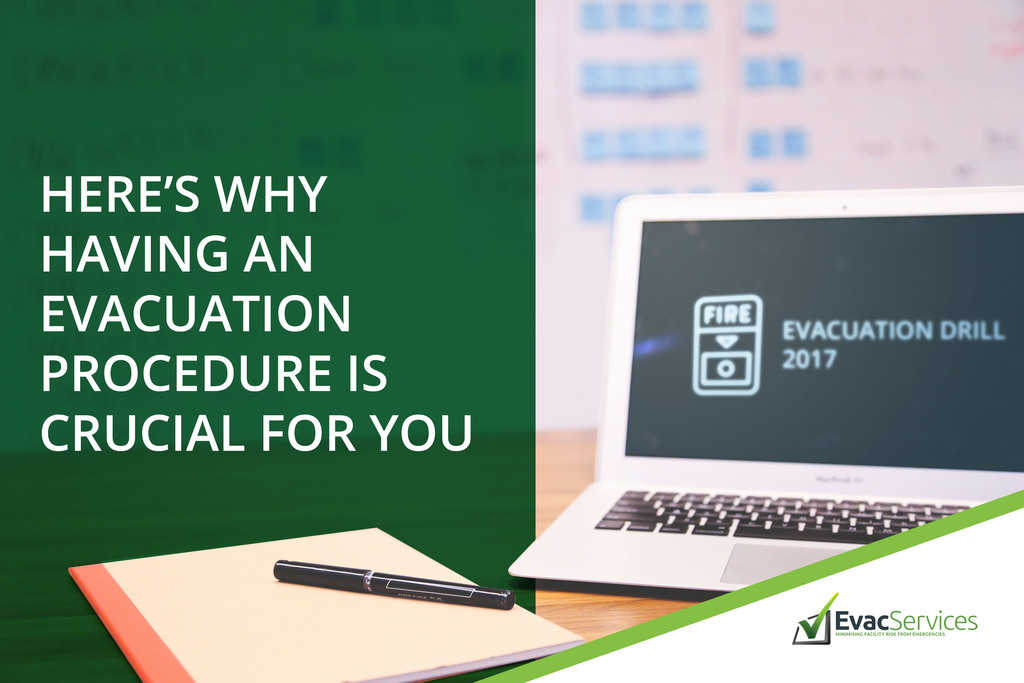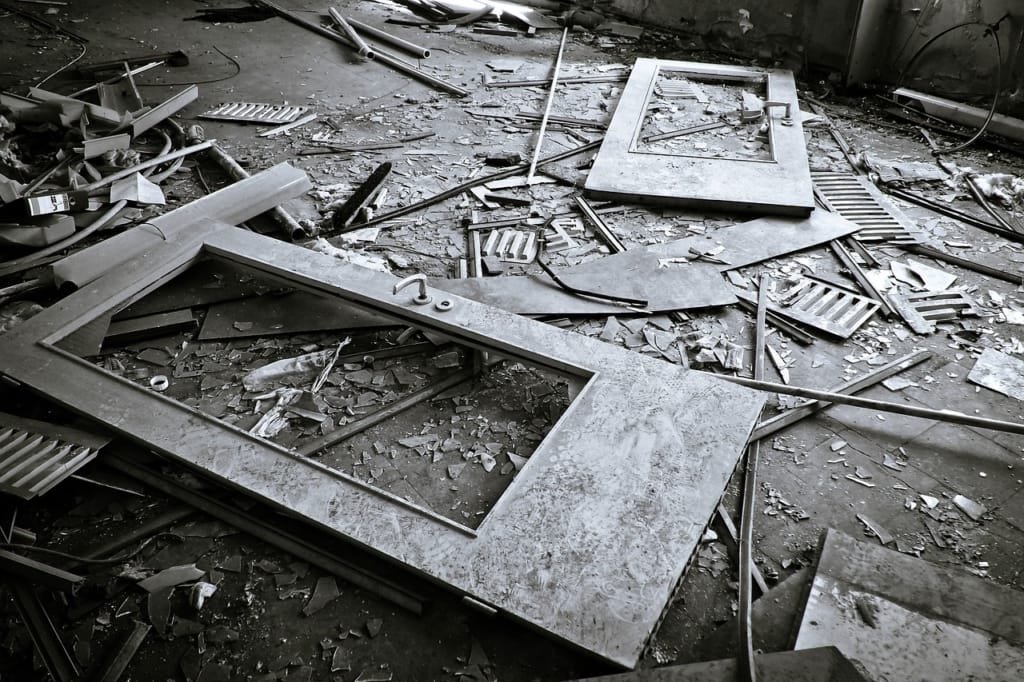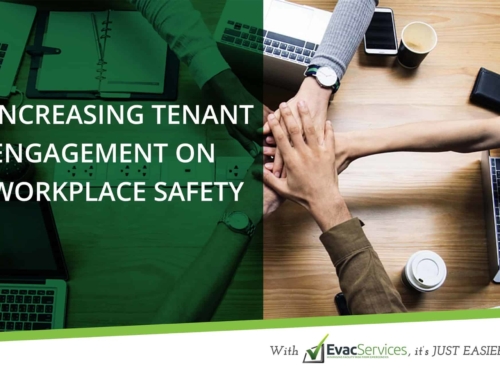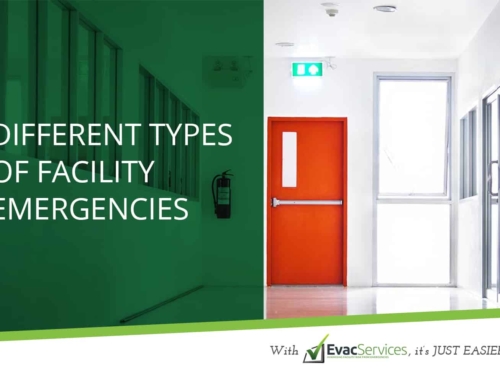The rising threats from natural disasters, civil disturbances, and other crises make having an evacuation procedure more important than ever. Because emergencies don’t keep to a schedule and can happen at any given time, every facility must plan for ways to mitigate the damages of an emergency to their infrastructures and people in their care.
Sadly despite the risks, there are still building owners, who put emergency planning low on their priority list. This may be due to budget constraints or the organisation’s internal processes. Whatever the reasons are, the fact remains: delaying emergency planning could lead to risks and non-compliance to Australia’s strict Standards and Regulations.
Achieving compliance through an Evacuation Procedure
The government of Australia takes the safety of its workers very seriously, which is why strict Australian standards and regulations are in place about emergency planning in the country. Every state may have different requirements, but broadly these are the Regulations and Standards:
- Australian Standard 3745 – 2010 Planning for emergencies in facilities;
- Australian Standard 4083 – 2010 Planning for emergencies in Health Care Facilities;
- Australian Standard 1851 – 2012 Maintenance of Fire Protection Equipment;
- Other Australian Standards that deal with specific requirements
- State Workplace Health and Safety legislation and codes of practice
- State Fire Safety Regulations (such as the Queensland Building Fire Safety Regulations 2008)
- State Fire and Rescue / Fire Brigade acts
- Building Codes of Australia
With all these requirements, knowing where to start can be a pain. Evacuation services can guide you on where to begin. You can benefit from their expertise to educate you on these standards and regulations. More importantly, they can help you meet your compliance obligations.
Empowering employees to handle emergencies
If each facility has a proper evacuation procedure, we can reduce the number of casualties in emergency situations. Depending on the size of your facility, you should have wardens, who will be responsible for ensuring the safety of occupants in the event of an emergency. Your evacuation service provider can offer training to empower your warden with the skills they need to handle any emergency situation.
Mitigating damages to property
Industries lose millions of dollars each year due to emergencies. While this may be inevitable, we can reduce damages to property through emergency planning and an evacuation procedure. If you have experienced and qualified professionals helping you identify risks and potential hazards in your workplace, you can build your emergency plan to mitigate those risks. This can mitigate and prevent potential damages to your property. Not only that, but this can also minimise occupational safety and reputational risks.
Apart from compliance, the core objective of having an evacuation procedure should be the protection of people inside your facility. So what more could you do to increase your emergency preparedness? Complete the form below, and our experts will get back to you to discuss an Evacuation Procedure that suits your business needs.







Leave A Comment